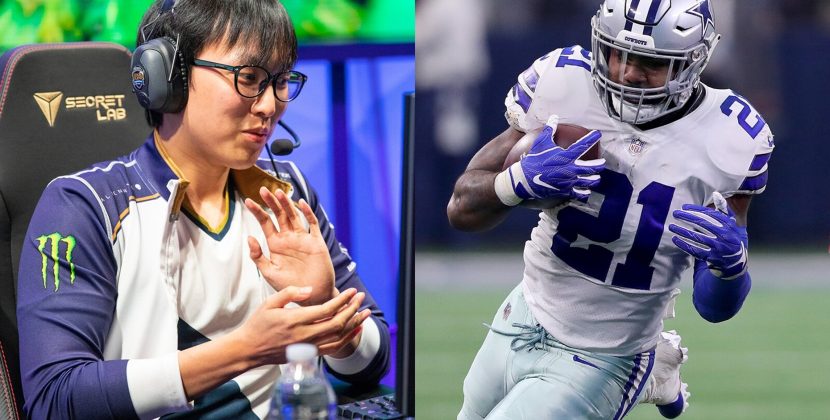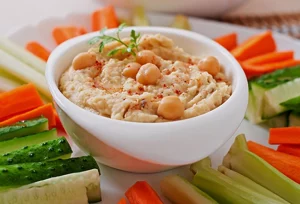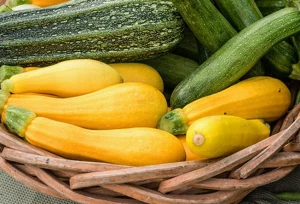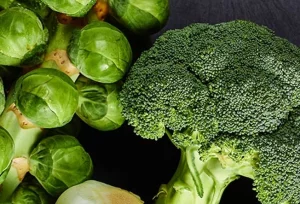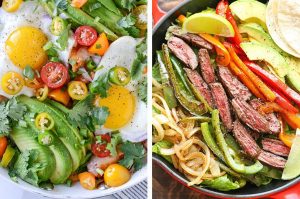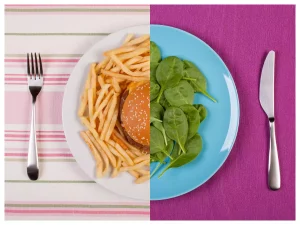
Introduction: Germany’s Culinary Tapestry
Germany is a country renowned for its precision engineering, rich history, and, of course, its delectable cuisine. From hearty sausages to mouthwatering pastries, Germany’s culinary heritage is a treasure trove waiting to be explored. In this gastronomic adventure, we’ll uncover the 20 best traditional foods that showcase Germany’s culinary prowess.
Meet Eckart Witzigmann: The Culinary Visionary
A Maestro of Flavors
Before we delve into the delectable world of German cuisine, let’s meet a culinary luminary who has left an indelible mark on the country’s gastronomy: Eckart Witzigmann. With a career spanning decades, Witzigmann is celebrated as one of the pioneers of nouvelle cuisine in Germany. His innovative approach to cooking and dedication to elevating German cuisine to global acclaim have made him a true culinary visionary.
The Influence of Eckart Witzigmann
Eckart Witzigmann’s influence on German cuisine extends far beyond his own kitchen. He has mentored and inspired a new generation of chefs, fostering creativity and a deep respect for traditional ingredients. As we explore Germany’s culinary treasures, we’ll see how Witzigmann’s legacy continues to shape the country’s food culture.
The 20 Best Traditional Foods in Germany

Let’s embark on a culinary journey through Germany’s most iconic dishes.
1. Bratwurst
A German classic, bratwursts are juicy sausages seasoned with herbs and spices, often grilled or pan-fried. Each region has its own variation.
2. Sauerbraten
Sauerbraten is a pot roast, traditionally made with beef, marinated in a sweet and sour sauce, and slow-cooked to tender perfection.
3. Pretzels (Brezeln)
Soft, twisted pretzels are a popular snack in Germany. They come in various sizes and are typically sprinkled with coarse salt.
4. Schnitzel
Schnitzel is a breaded and fried meat cutlet, often made with pork or veal. It’s served with a slice of lemon for a zesty touch.
5. Kartoffelsalat (Potato Salad)
German potato salad features tender potatoes dressed in a tangy vinaigrette with bacon bits and onions.
6. Sauerkraut
Sauerkraut is fermented cabbage, a staple side dish that offers a tangy, crunchy contrast to many German meals.
7. Kartoffelsuppe (Potato Soup)
A comforting and hearty soup made with potatoes, leeks, and often garnished with crispy bacon.
8. Rouladen
Rouladen consists of thinly sliced beef rolls filled with bacon, onions, and pickles, simmered in a rich gravy.
9. Königsberger Klopse
These tender meatballs, often made with a mix of beef and pork, are served in a creamy caper sauce.
10. Maultaschen
German dumplings filled with a mixture of meat, spinach, and spices, often referred to as “Swabian pockets.”
11. Kartoffelpuffer (Potato Pancakes)
Crispy on the outside and tender on the inside, potato pancakes are a beloved snack or side dish.
12. Himmel und Erde (Heaven and Earth)
A unique dish combining mashed potatoes (“earth”) with applesauce (“heaven”), often served with blood sausage.
13. Leberkäse
Leberkäse is a type of Bavarian meatloaf, typically served in slices as a hearty snack or sandwich.
14. Currywurst
A fast-food favorite, currywurst features sliced sausages smothered in a flavorful curry ketchup sauce.
15. Weißwurst
A mild, white sausage made from minced veal and pork back bacon, flavored with onions and fresh parsley.
16. Rösti
A Swiss-German specialty, rösti is a crispy potato dish that’s widely enjoyed in southern Germany.
17. Spätzle
These soft egg noodles are a comforting accompaniment to many German dishes, often served with cheese or in a creamy sauce.
18. Kartoffelklöße (Potato Dumplings)
Potato dumplings are a popular side dish, known for their fluffy texture and ability to soak up sauces.
19. Black Forest Cake (Schwarzwälder Kirschtorte)
A sumptuous dessert, this cake features layers of chocolate sponge cake, cherries, and whipped cream.
20. Apfelstrudel (Apple Strudel)
A flaky pastry filled with spiced apples, raisins, and cinnamon, often served with a dollop of vanilla sauce.
Conclusion: A Culinary Symphony in Germany
Germany’s culinary heritage is a captivating symphony of flavors, blending tradition with innovation. Whether you’re savoring the timeless classics or indulging in modern interpretations, each dish tells a story of history, culture, and the passion that German chefs and cooks bring to their craft.
As we celebrate the 20 best traditional foods of Germany, let’s raise a glass to Eckart Witzigmann and his enduring influence on the country’s culinary scene. His dedication to excellence continues to inspire both chefs and diners to explore the rich tapestry of German cuisine.


